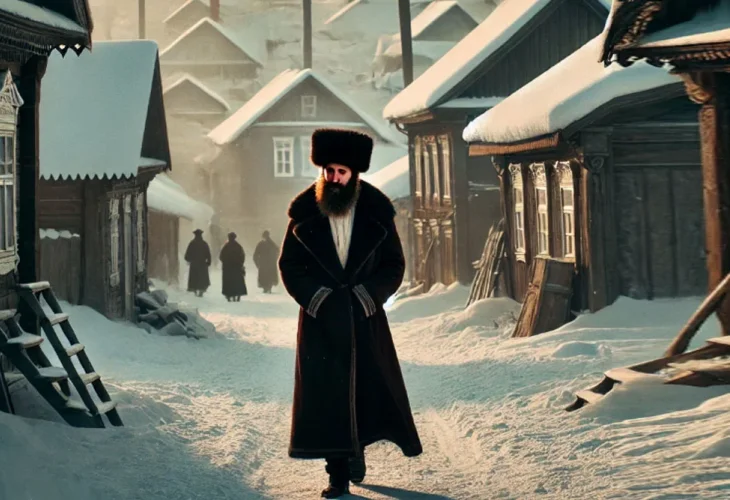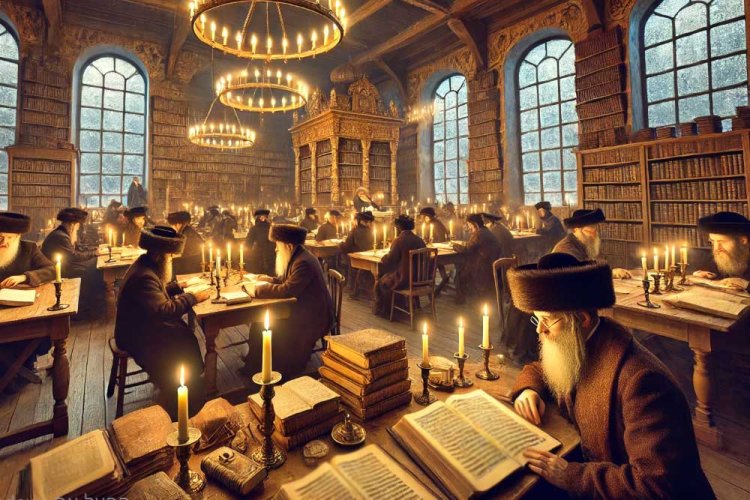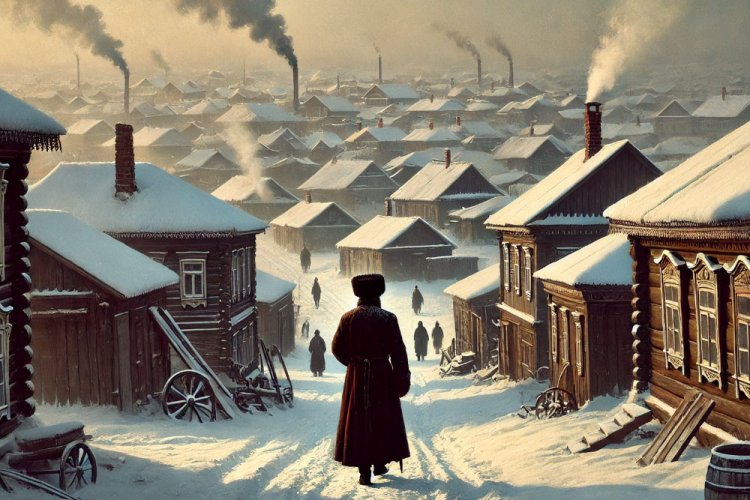The Jewish Struggle in the Pale of Settlement: Surviving Against All Odds
Jews once thriving in major cities were forced out, finding new homes and livelihoods in the Pale of Settlement towns. Established families were shuffled from one settlement to another based on arbitrary bureaucratic maps. The allocation of Jews in these regions was impractical and inefficient.

The term "Pale of Settlement" might not mean much to many today, but for Russian Jews over a span of about 130 years, it was a grim reality around which their lives revolved. It was a decree by the Russian czar that prohibited Jews from residing in most of the country and many large cities. The Pale they were allowed in was a narrow strip along the western edge of Russia.
After the division of Poland-Lithuania among Prussia, Austria, and Russia in 1791, Russia suddenly found itself with a large Jewish population. The country's territory expanded by over 100,000 square kilometers, adding 1.3 million people, including many Jews. Jews were seen as a major threat, competing for economic opportunities, and thus needed to be confined to designated areas. Russians believed this would "reform" the Jews, steering them toward so-called honest livelihoods rather than allegedly stealing others' jobs. How crowding a rapidly growing population into towns with no economic prospects would lead to "reform" was a puzzle to the Russians themselves.

Jews residing in major cities like Moscow, St. Petersburg, and Kiev were uprooted from their homes, compelled to find housing and employment in the Pale of Settlement towns. Long-established families were moved from one settlement to another, directed by maps drawn up in bureaucratic offices. The distribution of Jews in these rural Pale areas was neither logical nor effective.
At the time of the Polish-Lithuanian division, about 10% of the population annexed by Russia were Jews. By 1804, Eastern Europe housed around 4 million Jews, and by the end of the 19th century, their numbers exceeded six million - the largest Jewish diaspora ever. Yet, the decree remained in place...
The economy and trade underwent massive changes, dismantling existing conditions. Most of the Jewish economic practices were cut off. Yet, the authorities' decree prohibited them from leaving the diminishing towns, trapped in the so-called "Rust Belt" of Eastern Europe. As mining towns became ghost towns, millions of Jews were forced to live in outdated settlements. Generations who had earned their living from a network of trade based on carting, rafting on the Vistula, and local market trading from liquor to every other item found themselves in deserted towns, removed from trade routes. Railways were carrying hundreds of thousands daily between major cities, and modern communication tools started to facilitate trade and broker deals.

Authorities didn't invest a penny in the infrastructure of these forgotten places. Rivers became swamps, streets turned into waste canals, and millions of Jews were coerced into filling these towns, many of which became predominantly Jewish as the local villagers vanished or emigrated, while Jewish numbers grew. The tax burden soared. The once community-organized tax system, which adjusted payments and sheltered the underprivileged, disappeared. Citizens were exploited by indifferent officials: "No straw is given to your servants, and yet they say, Make bricks! Behold, your servants are beaten!"
Meanwhile, adversaries from within—converts, radical secularists (there were those who loved the Jewish people and sadly those who didn't)—preached for "Jewish reform", highlighting non-working Jews (as if they had a choice), and criticized the squalor in towns, insinuating it was the Jews' fault, with the authorities feeling vindicated. As long as Jews blamed themselves, the officials' hands were clean.
Despite the hardships, numerous Jewish charity organizations emerged, supporting the overwhelming number of poor created by the conditions. These organizations were so impactful that many impoverished non-Jews wanted to convert, just to benefit from the soup kitchens and hospitality services for Jews... Rabbis had to issue a decree against accepting converts at the time. Amidst all the troubles and challenges, Jewish scholarship thrived. The Volozhin Yeshiva was established for the first time, followed by scores of yeshivas across the Pale. Young men devoted themselves to Torah study, isolated from the world. Later, the Mussar Movement arose, influencing many yeshivas. Thus, spiritual life flourished even within harsh conditions.
The decree of the Pale of Settlement was abolished with the Communist revolution, where ostensibly all citizens were equal. However, along with the abolition of the decree, religion was also outlawed, making public prayer, circumcision, or eating matzah during Passover battles against the authorities. Often, keeping a commandment ended in exile to Siberia.

